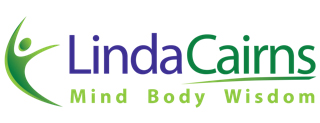Managing the Master Hormone
Oestrogen is essential for healthy female reproductive function. This hormone plays a part in every stage of a female’s life – from early childhood development to puberty, throughout the menstrual cycle, pregnancy, childbirth and finally, through the menopausal years. Too many women suffer from symptoms related to having either too much or not enough oestrogen and accept it as a normal part of being a women. However, it is not only females that are affected by oestrogen; men also have conditions which are influenced by imbalances in oestrogen metabolism, such as benign prostatic hyperplasia (BPH). The good news is that you can manage this master hormone and no longer be at the mercy of your hormones.
Oestrogen: the “Good” vs. the “Bad”
Oestrogen exists in different forms within the body in both men and women. One of these oestrogen forms is good for the body and is essential to reproductive health; the other is less favourable and is associated with PMS and other hormonal issues.
To stay in a healthy hormonal state, your body needs more of the “good” oestrogen and less of the “bad” oestrogen. When the body does not keep these two forms in the correct balance, the body can develop an oestrogen imbalance, which may be associated with conditions such as BPH and breast enlargement in men, or endometriosis and uterine fibroids in women. The following symptoms may also indicate imbalances in oestrogen
-
Bloating or fluid retention
-
Heavy, or irregular periods
-
Fatigue or lack of energy
-
Sugar cravings
-
Weight gain
-
Mood swings and irritability
-
Sleep disturbances
-
Night sweats
-
Headaches
-
Loss of libido


